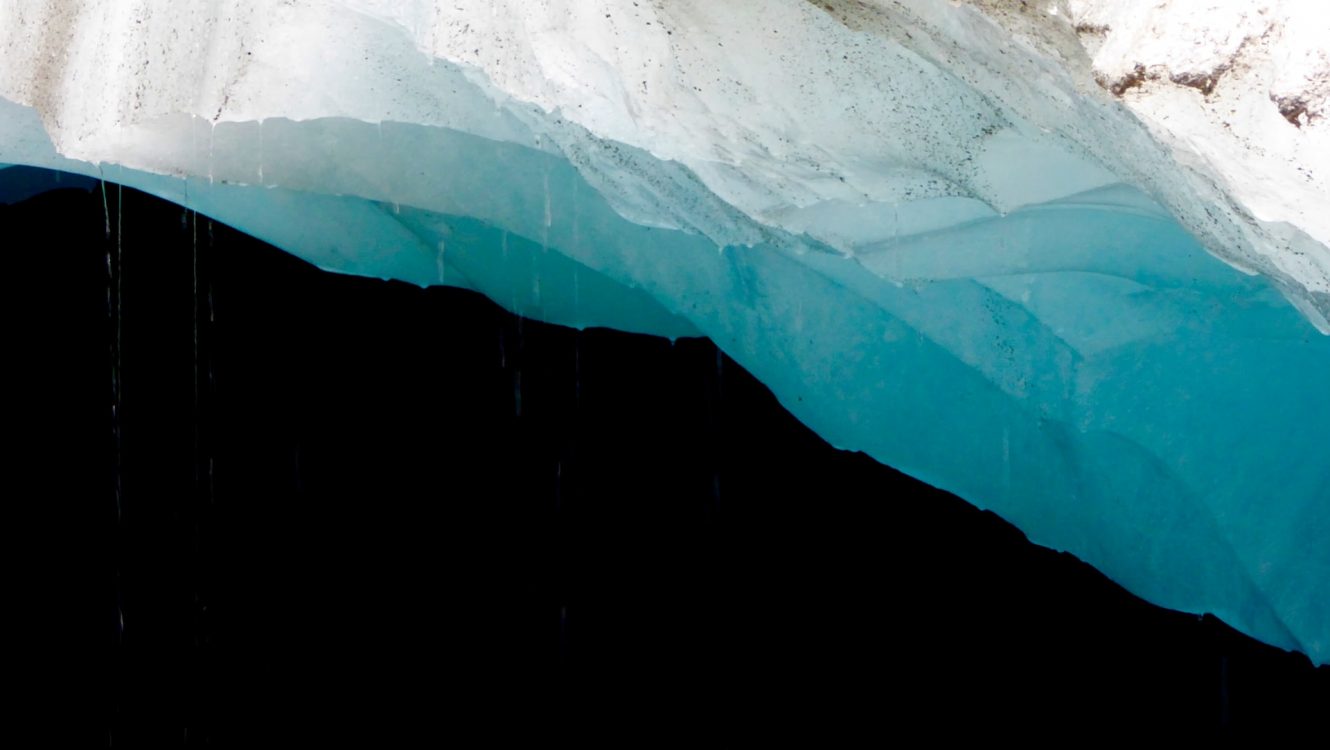Antarctica’s Inevitable Meltdown: A Warning and a Call for Courage
Despite global efforts to curb carbon emissions, a significant portion of Antarctica is on an inexorable path to melt, reveals a groundbreaking study. Although the complete melting process will span centuries, gradually increasing sea levels by nearly 6 feet (1.8 meters), the implications will reshape human habitation patterns, warns the study’s principal author.
The findings, showcased in the European Commission’s annual State of the Energy Union report, leveraged computer simulations to project the future melting of protective ice shelves spanning Antarctica’s Amundsen Sea in western Antarctica. Even if global warming was curtailed to a few tenths of a degree more—a target that many experts deem improbable—it would be insufficient to counteract the ocean warming that threatens the West Antarctic Ice Sheet’s existence.
Promise vs. Reality: The Melting Crisis
Kaitlin Naughten, the study’s lead author and an oceanographer at the British Antarctic Survey, expressed her concerns, “Our objective was to ascertain the extent of control we possess over ice shelf melting and how much of this melting can be halted by cutting emissions. Regrettably, the findings are disheartening. The current trajectory indicates a swift escalation in ocean warming and ice shelf melting throughout the century.”

Historical studies have sounded the alarm on the deteriorating state of ice shelves, but Naughten’s research uniquely employed computer simulations to explore the devastating impact of warm water melting ice from beneath. Four distinct scenarios pertaining to global carbon dioxide emission levels were analyzed, and in each, the ocean’s warming intensity was overwhelming enough to seal the fate of this part of the ice sheet.
The “Doomsday Glacier” and Its Implications
Centered on the region of the West Antarctic Ice Sheet most susceptible to under-melt, the study highlighted areas near the Amundsen Sea, including the gargantuan Thwaites ice shelf. Often dubbed the “Doomsday Glacier” due to its rapid melting rate, this section of Antarctica, despite constituting only a tenth of the continent, is markedly more unstable than its eastern counterpart.
Eric Rignot, an ice scientist from the University of California Irvine who was not involved in the study, remarked bluntly, “This segment of Antarctica is destined for collapse. The damage is irreparable.”
The Future: Adaptation and Courage
While the prospect of a slow collapse appears inevitable—at least within this century—Naughten emphasizes the potential for future mitigation efforts beyond 2100. “It’s an established fact that a significant portion of this region will be lost. However, the timeline for sea-level rise extends over the long term. Thus, post-2100, we might retain some degree of control,” she elucidated.
Naughten refrained from predicting the exact rate of ice loss, sea-level rise, and the associated timeline in her study. Yet, she estimated that the complete melting of the most endangered ice would lead to a sea-level ascent of roughly 1.8 meters (5.9 feet). Such changes, if condensed within a couple of centuries, would be catastrophic. Conversely, if spread across millennia, humanity might stand a chance to adapt.
Naughten draws attention to the broader picture, emphasizing that while certain parts of Antarctica may be beyond salvation, other susceptible regions of our planet can still benefit from carbon emission reductions. She concludes by quoting former NASA scientist Kate Marvel: “In the face of climate change, we require courage over hope. Courage embodies the determination to persevere without the guarantee of a favorable outcome.”
©globalgreenhouse.eu


